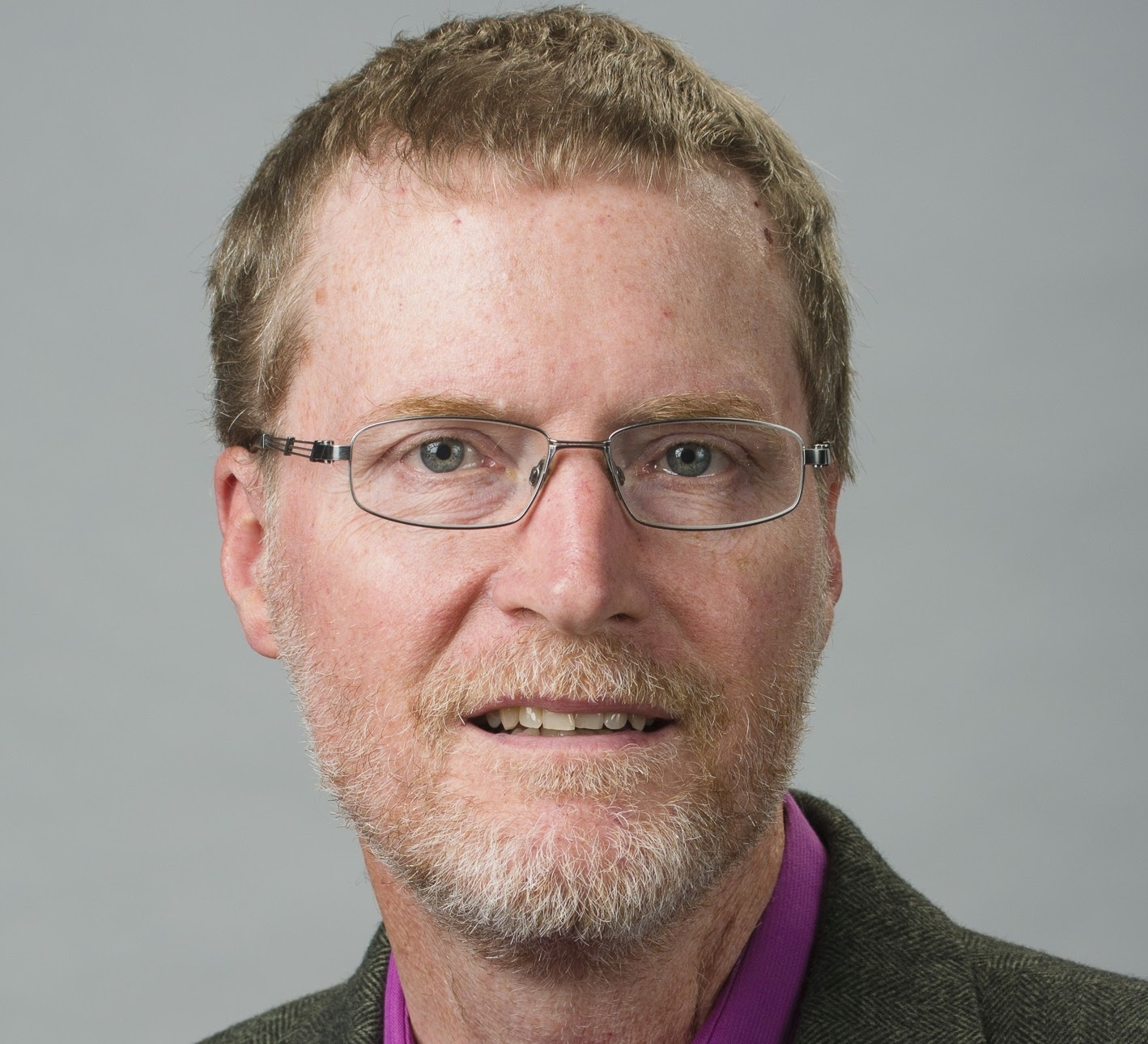
Optimization of Bremsstrahlung X-ray converters for radiation processing
Thomas Kroc1.
1IARC, Fermilab, Batavia, IL, United States
Introduction: Converting electron beams to X-rays is an inherently inefficient process. Therefore, its design should be optimized to maximize the photon yield. Little published literature exists that describes the design of systems in use today for industrial applications. Most studies that exist are for therapy systems [1] or exclusively look at the high-Z component [2].
Body: The Monte Carlo program MCNP [3] is used to investigate many parameters to provide guidance on maximizing the photon production. These parameters include: converter material, thickness, cooling, and ancillary materials. A key feature will be maximizing the photon yield while minimizing the electrons which result in surface dose which can increase the dose uniformity ratio.
Conclusion: The report will include an extensive investigation of converter material, thickness, cooling, and ancillary materials to provide guidance for the design of optimum X-ray converters.
References: [1] Bruce A. Fagedon, C.K. Ross D.W.O. Rogers, Angular distribution of bremsstrahlung from 15-MeV electrons incident on thick targets of Be, Al, and Pb, Medical Physics, 18 ($) 1981, pg 727-739.
[2] L. Auditore, et. al., Design of an e-γ converter for a 10 MeV electron beam, Proceedings of 2011 Particle Accelerator Conference, New Yor, NY, THP037
[3] Werner, C.J. (Ed.), 2017 MCNP Users Manual – Code Version 6.2, Los Alamos National laboratory report LS-UR-17-29981.